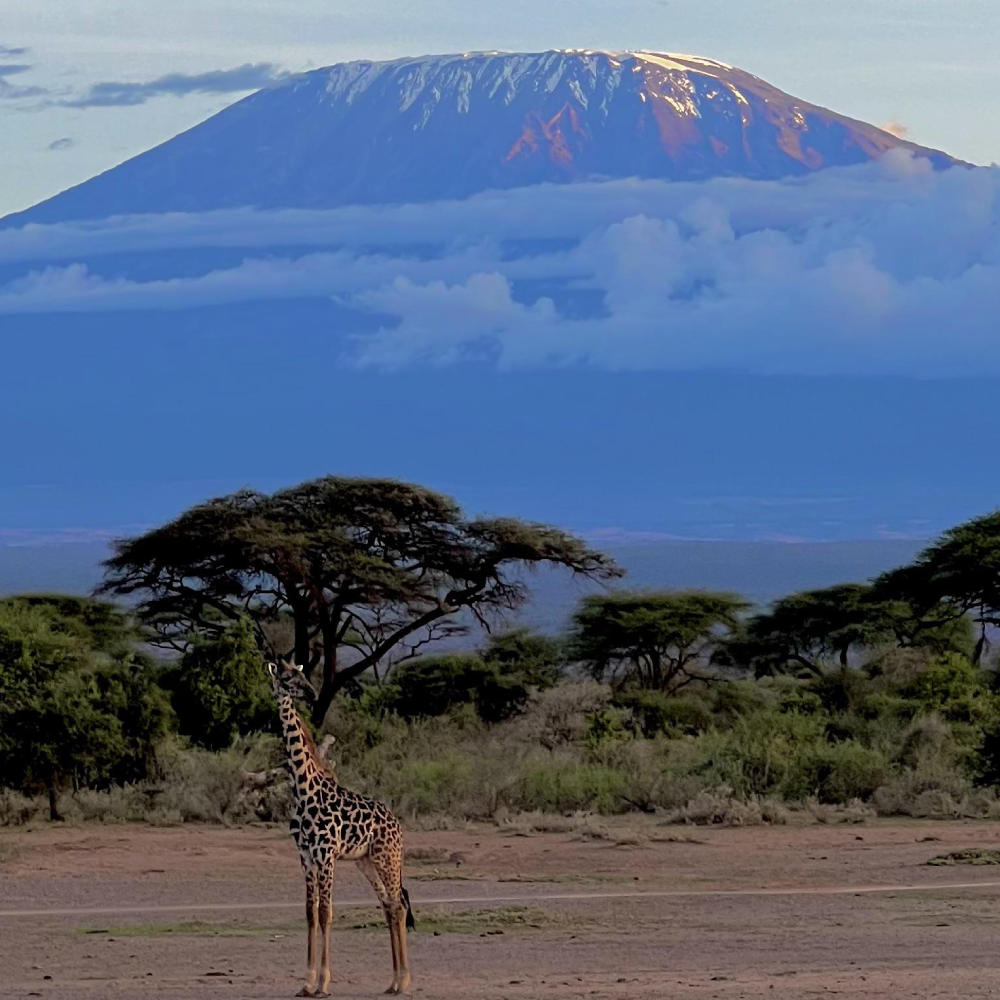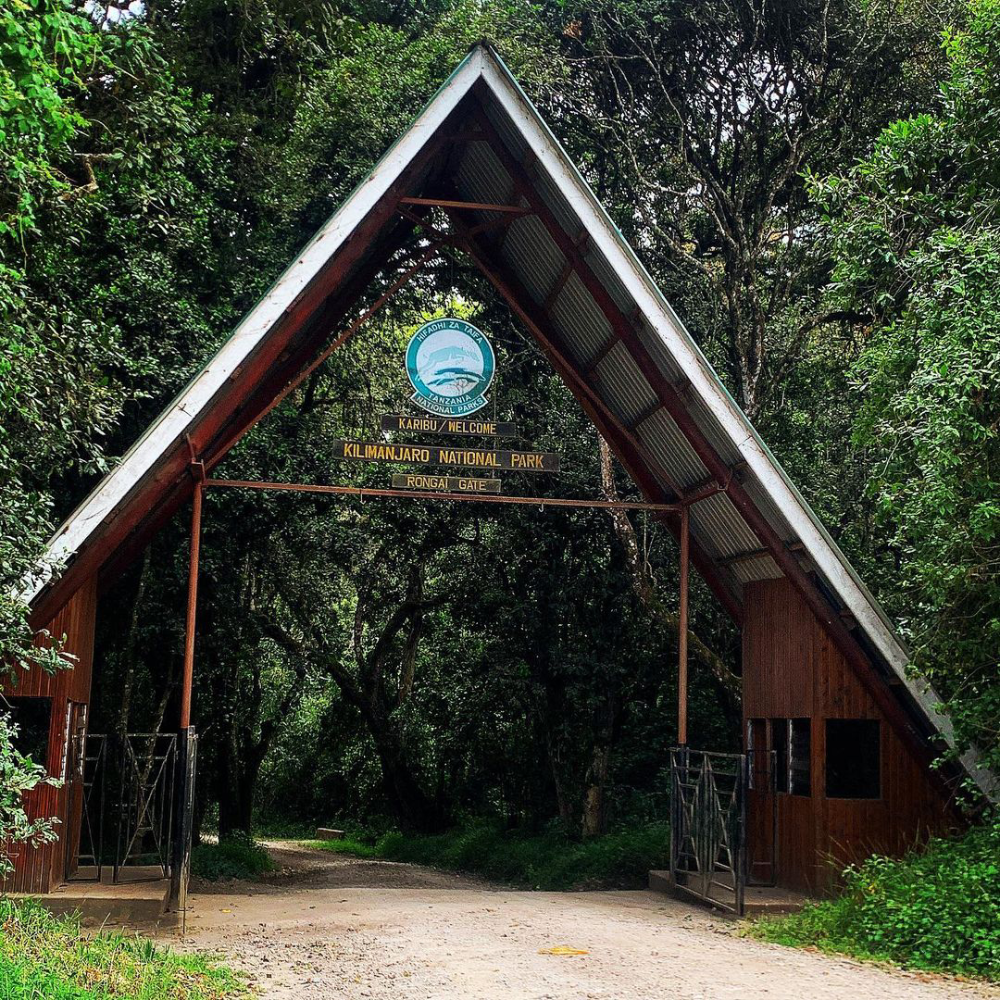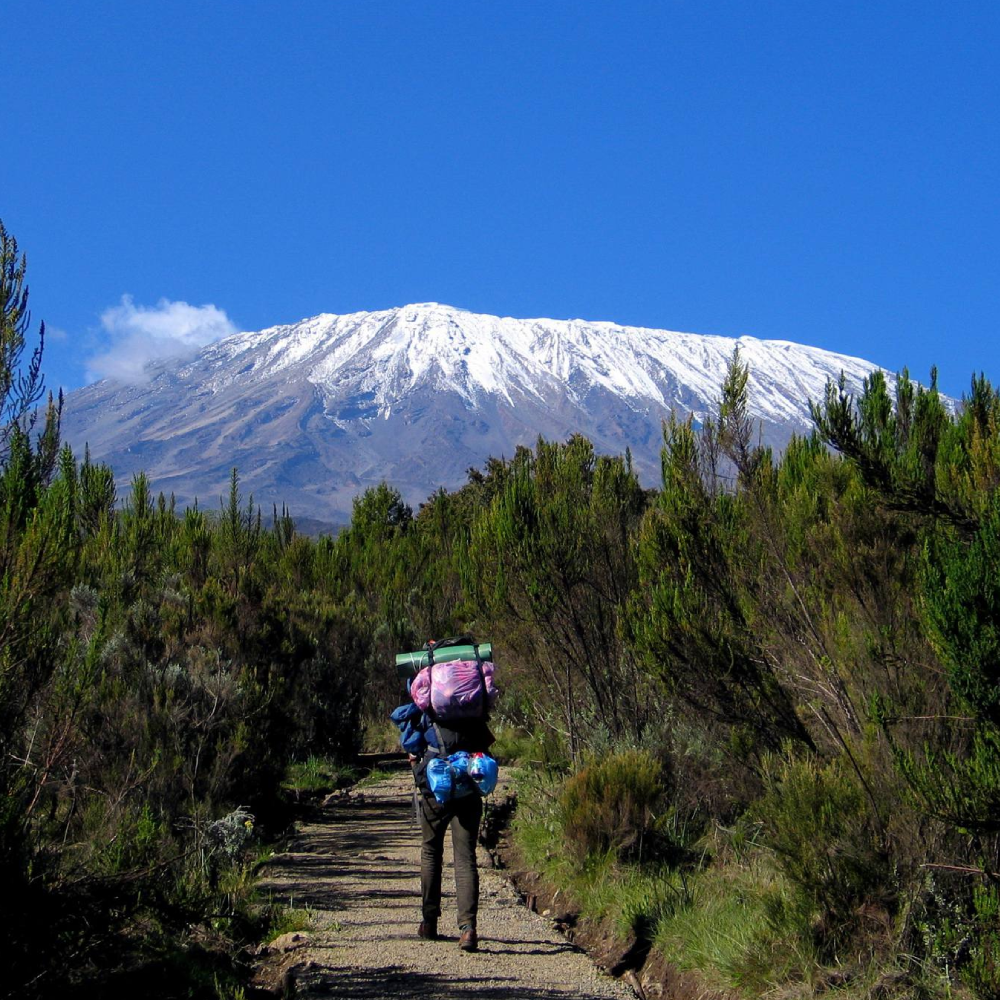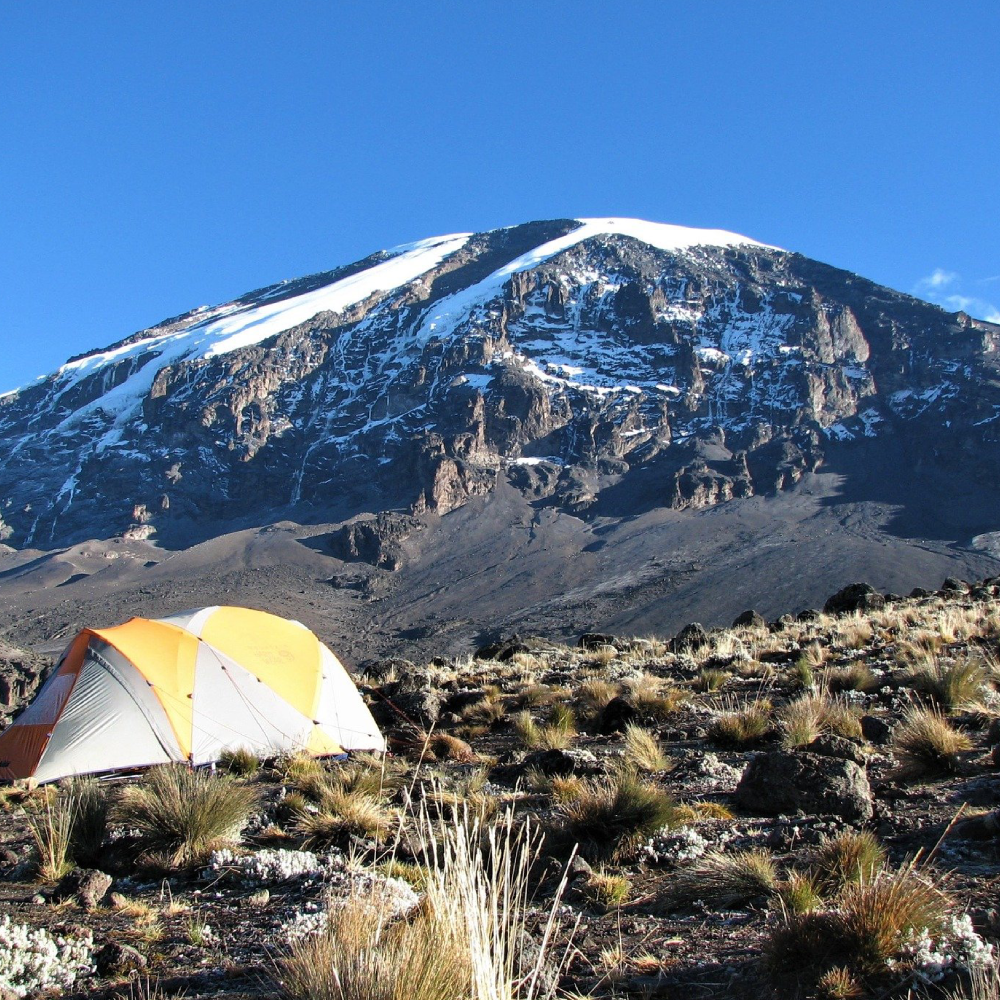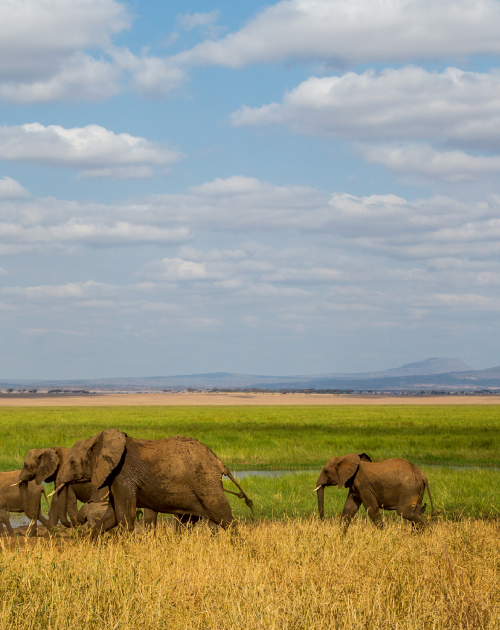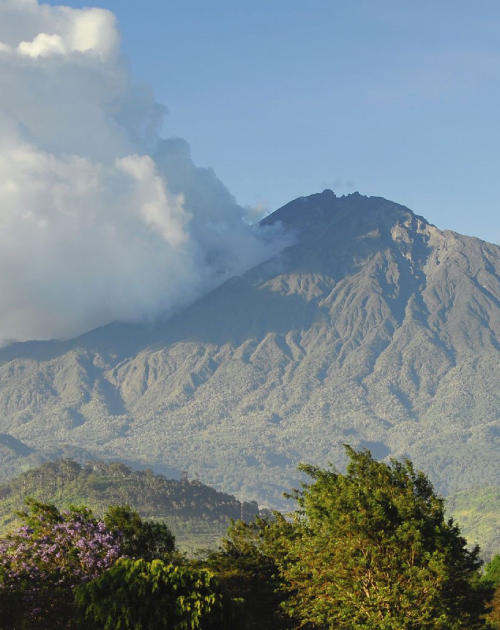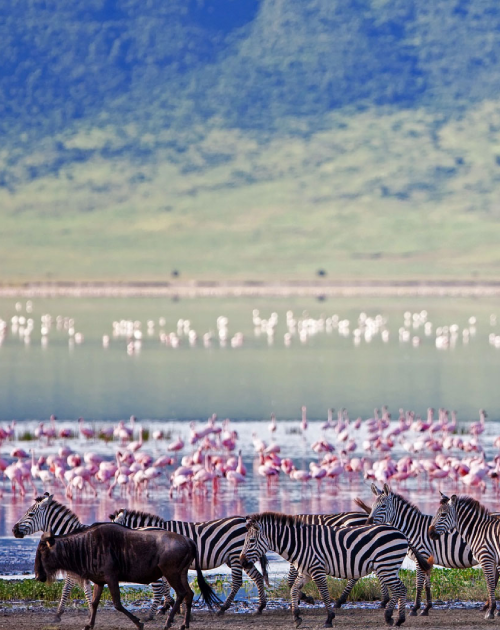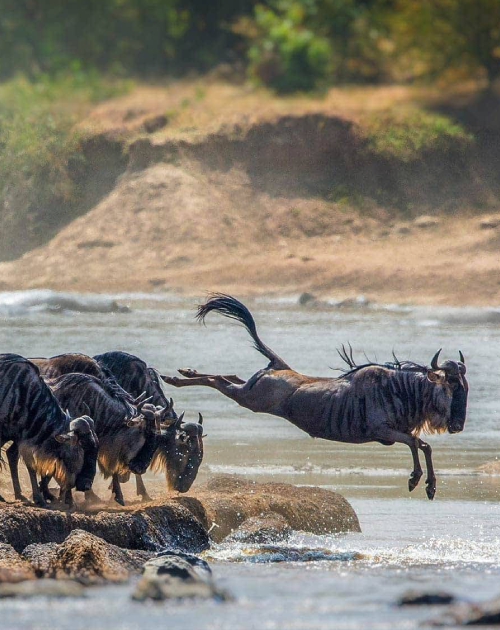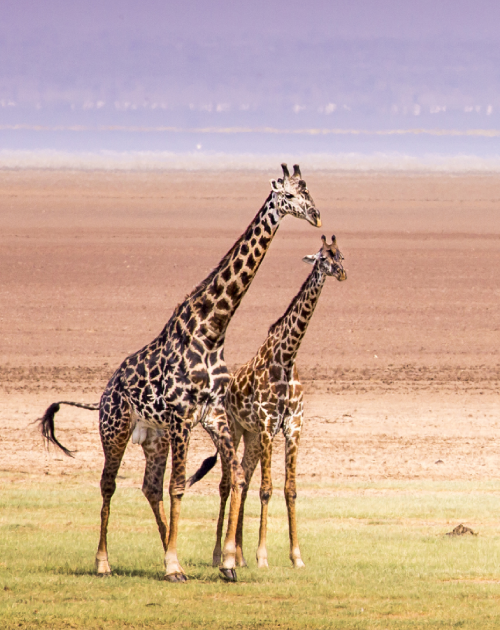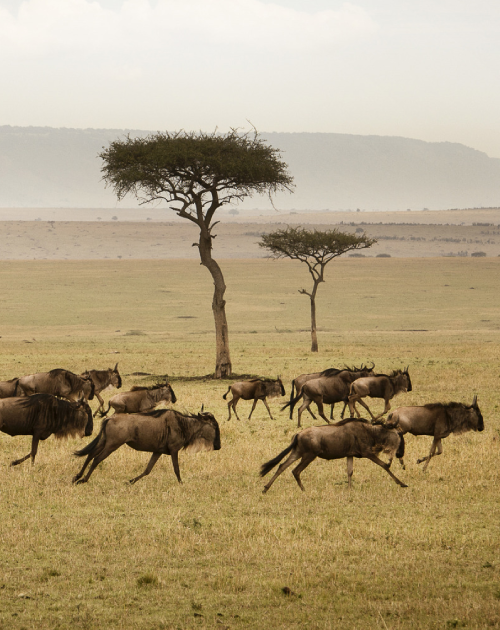
OVerview
Kilimanjaro National Park is located in northeastern Tanzania, home to Mount Kilimanjaro, Africa’s highest peak and one of the world’s most famous mountains. Covering an area of approximately 1,668 square kilometres, the park is a UNESCO World Heritage site renowned for its incredible biodiversity and stunning landscapes. Kilimanjaro is famous for its towering snow-capped summit, which contrasts dramatically with the surrounding tropical rainforest and savannah.
The park attracts climbers from around the world who aim to reach the summit, as well as nature lovers who explore its varied ecosystems and rich wildlife. Kilimanjaro National Park is easily accessible from the town of Moshi, making it a prime destination for adventure enthusiasts and trekkers.
Lake Manyara National Park
Lake Manyara National Park well known for the tree climbing lions, the soda ash lake that attracts thousands and pink flamingos, one of Tanzania’s biggest elephant population and breathtaking scenery!
Located in the northern part of Tanzania, Lake Manyara National Park is 126 kilometers west of Arusha Town. The park covers an area of 330 sq km / 125 sq mile including a lake surface of 230 sq km / 89 sq miles
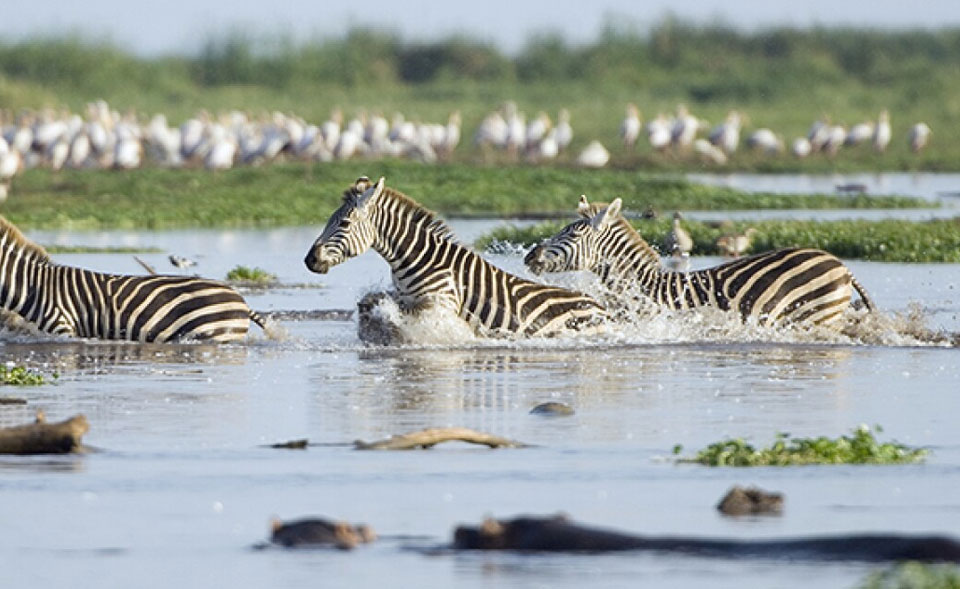
Lake Manyara has a big number of elephants, so many giraffes; zebras, wildebeests, impalas, waterbucks, and warthogs, the less-known shy Kik’s dik dik as well as the Klipspringer that dwell along the ramps of the escarpment. Leopards are hosted within the scattered forests and escarpment, while the healthy population of lions that are widely known for their unique tree climbing capability. In addition, you will not fail to notice the very large number of baboons in this park which can live in sizeable troops of up to 200 members.
There are a number of fascinating tourist attractions that can be explored and a number of activities such as bird watching, game drives, visit maasai bombas.
Location
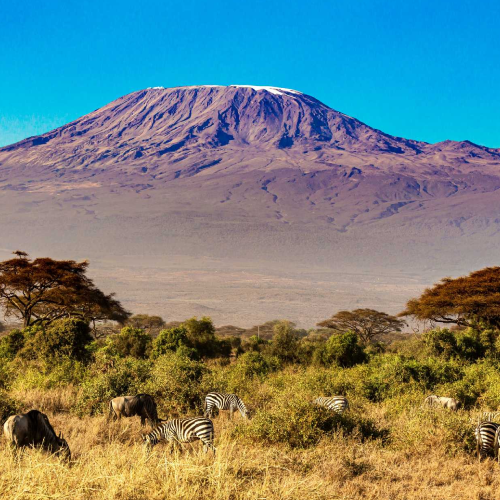
Lorem Ipsum is simply dummy text of the printing and typesetting industry. Lorem Ipsum has been the industry’s standard dummy text ever since the 1500s, when an unknown printer took a galley of type and scrambled it to make a type specimen book. It has survived not only five centuries, but also the leap into electronic typesetting, remaining essentially unchanged. It was popularised in the 1960s with the release of Letraset sheets containing Lorem Ipsum passages, and more recently with desktop publishing software like Aldus PageMaker including versions of Lorem Ipsum.
BEST TIME TO VISIT
The Best Time to Visit Kilimanjaro National Park is during the dry seasons, from June to October and December to February. These months offer clear skies, making it ideal for trekking to the summit, with favourable weather conditions and lower rainfall.
The wet season (March to May) is less ideal for climbing, as rain can make the trails slippery and challenging. However, the dry seasons provide optimal conditions for hiking and wildlife viewing, ensuring an unforgettable experience.
highlights
- Mount Kilimanjaro: The highest peak in Africa, offering challenging treks with breathtaking views.
- Rainforest Zone: Lush forests with a diverse range of flora and fauna, including colobus monkeys and colourful birds.
- Alpine Meadow: The transition zone before reaching the snow-capped summit, offering dramatic landscapes.
- Shira Plateau: A high-altitude plateau with panoramic views and diverse plant life.
- Kilimanjaro’s Glaciers: The iconic glaciers at the summit, a rare sight due to global warming.


Find your escape

Feel Your Wanderlust
Discover the wild beauty of Tanzania with our exclusive Tanzania Safari Packages. Explore the legendary Serengeti National Park, witness the annual Great Migration, or visit the stunning Ngorongoro Crater for incredible wildlife encounters. From Tarangire’s elephants to Zanzibar’s pristine beaches, our tailored tours offer a perfect mix of adventure and relaxation, ensuring an unforgettable East African Safari experience.


